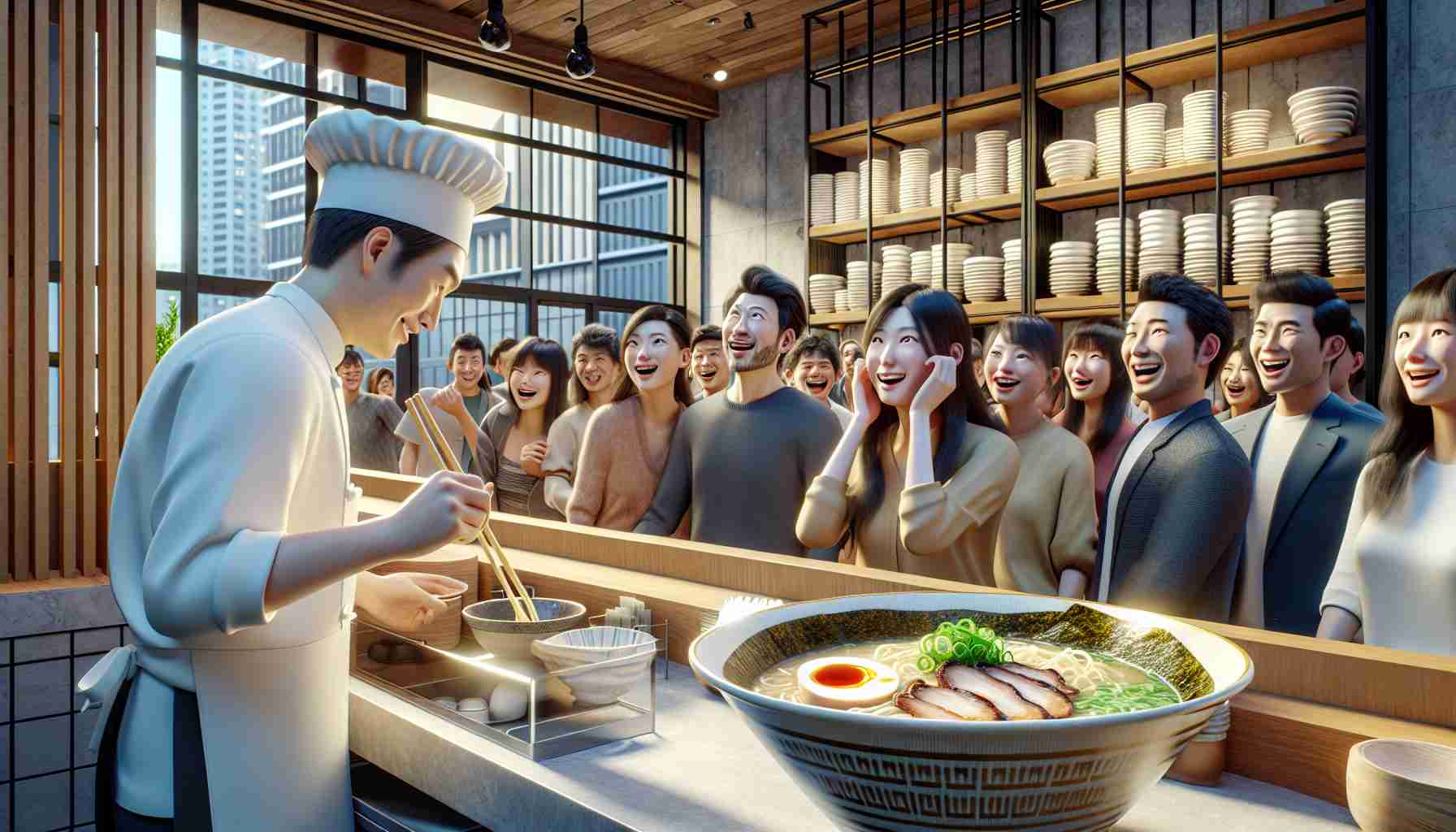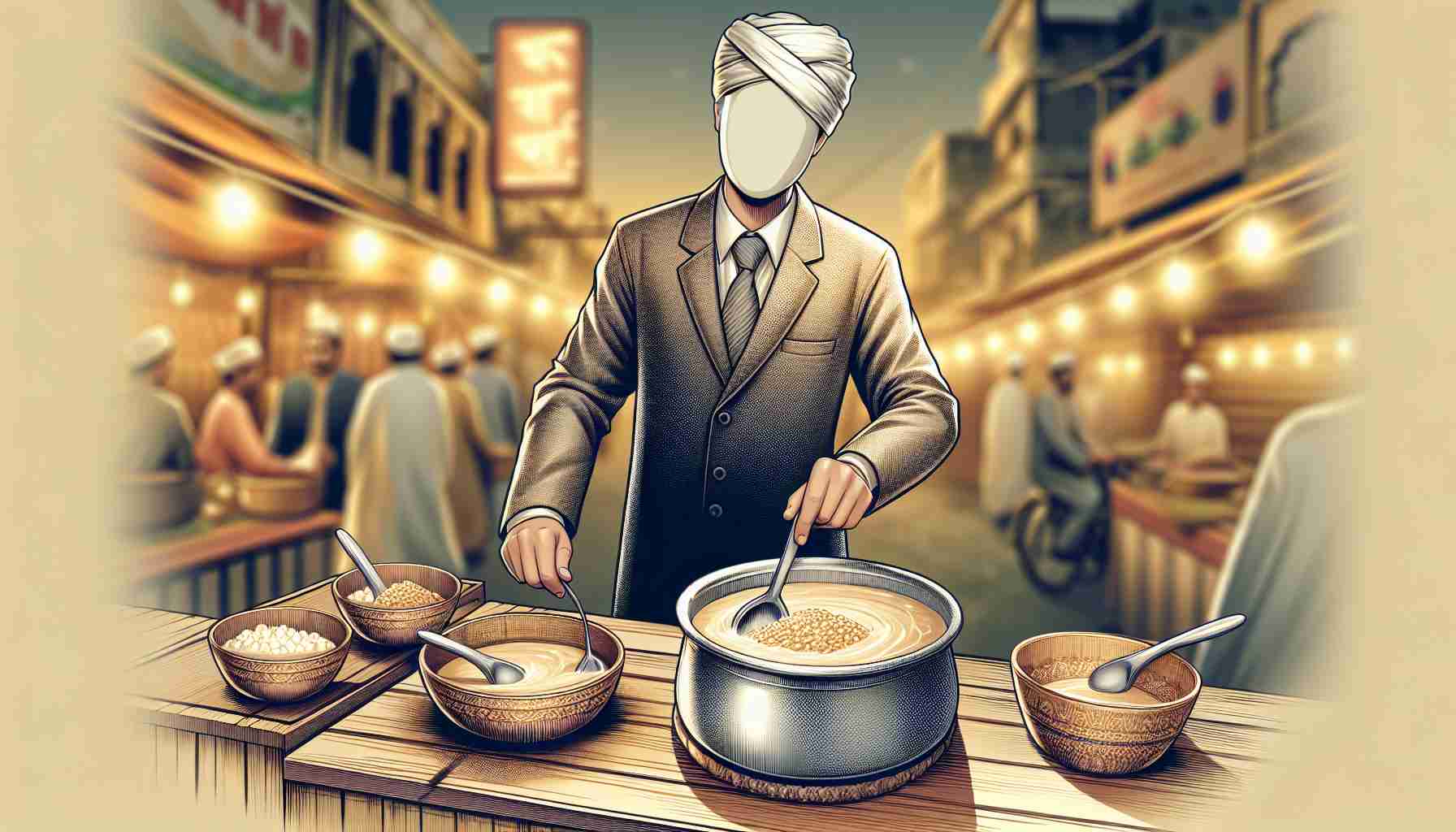Spicy New Trends in Chinese Cuisine
Chinese culinary traditions are undergoing a fiery evolution, departing from traditional favorites like kung pao chicken to embrace bold flavors and innovative dishes. From tongue-numbing Sichuan hot pot to aromatic braised chicken rice and tangy pickle fish soup, a wave of new flavors is sweeping through the food and beverage industry.
In recent years, Chinese F&B chains have been rapidly expanding beyond their borders, venturing into Southeast Asia, North America, and Europe. This global expansion is fueled, in part, by a saturated market at home. Statistics from Huafu Securities reveal a staggering 24.2% increase in the registration of new F&B enterprises in China, with approximately 3.19 million new businesses emerging in 2023.
These ventures represent a departure from the conventional Chinese culinary landscape, offering consumers a tantalizing array of flavors and dining experiences. As the influence of Chinese cuisine continues to spread worldwide, diners are increasingly drawn to the complexity and diversity of these new food and beverage offerings.
Exploring Spicy New Trends in Chinese Cuisine
In the realm of Chinese cuisine, a new wave of spicy trends is taking the culinary world by storm, adding an extra kick to traditional dishes and reinvigorating the dining experience for food enthusiasts worldwide.
What are some lesser-known spicy ingredients making their way into modern Chinese cooking?
One such ingredient gaining popularity is the Sichuan peppercorn, known for its unique numbing and tingling sensation. Another spicy addition making waves is the Chinese prickly ash, adding both heat and citrusy notes to dishes. These ingredients are being creatively incorporated into various dishes, offering a new dimension of flavor to Chinese cuisine.
What are the key challenges associated with the rising popularity of spicy Chinese dishes?
One challenge lies in maintaining the balance of flavors, as spice levels can vary greatly among individuals. Chefs need to carefully calibrate the heat levels to cater to a diverse range of palates. Additionally, sourcing authentic and high-quality spicy ingredients can be a challenge, especially outside of China where certain ingredients may be harder to come by.
What advantages do spicy new trends bring to Chinese cuisine?
The infusion of spicy elements adds depth and complexity to dishes, enticing adventurous eaters looking for bold flavors. Spicy ingredients are also known for their potential health benefits, such as boosting metabolism and offering antioxidant properties. By embracing these trends, Chinese cuisine continues to evolve and captivate a global audience.
Are there any disadvantages to the proliferation of spicy Chinese dishes?
One potential downside is the risk of overpowering other flavors in a dish, leading to a loss of balance. For diners with a low tolerance for spice, overly hot dishes may deter them from fully enjoying the culinary experience. Moreover, cultural appropriation and misrepresentation of spicy Chinese cuisine can be contentious issues that need to be navigated thoughtfully.
As the landscape of Chinese cuisine continues to shift towards spicier horizons, diners can expect a diverse array of bold and innovative dishes that challenge traditional perceptions of flavor. Embracing these new trends offers a gateway to exploring the rich tapestry of Chinese culinary heritage in a modern context.
For more insights on the vibrant world of Chinese cuisine, visit ChineseFood.com.










